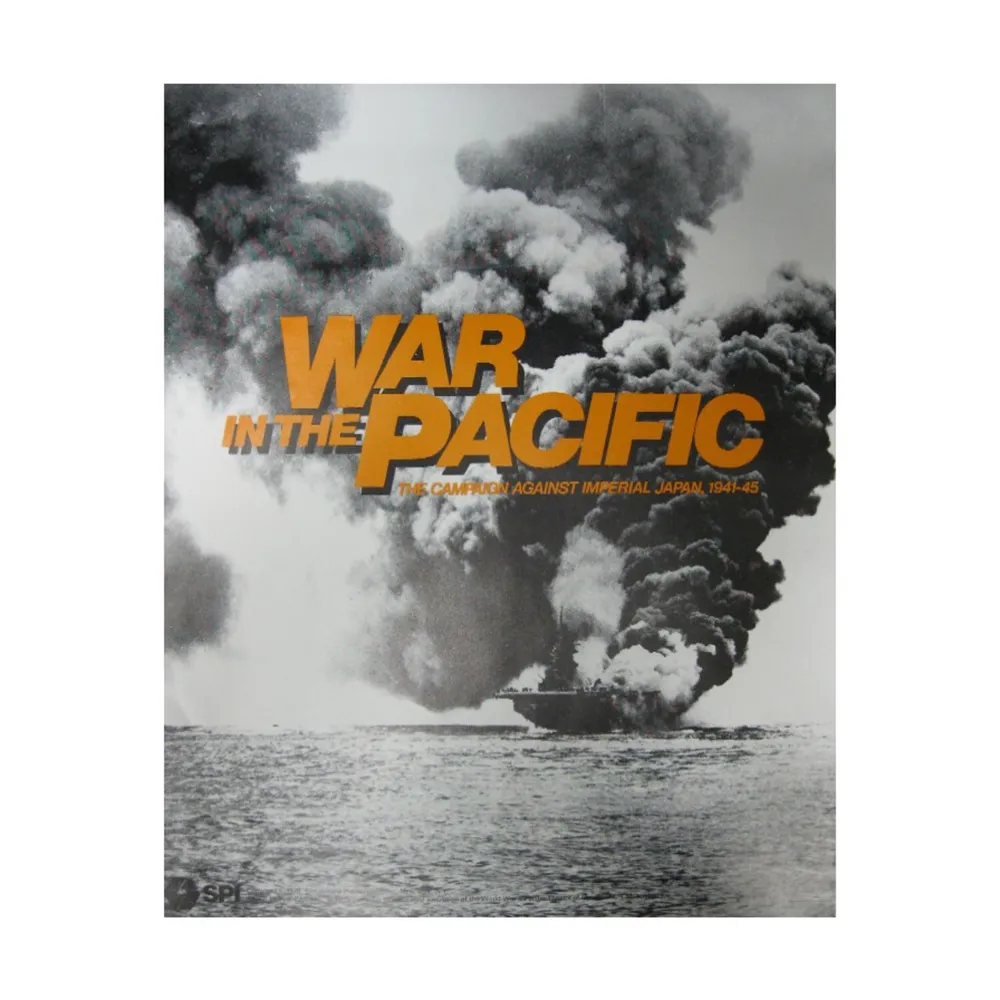War in the Pacific
War in the Pacific
“War in the Pacific” is a large and complex strategic board wargame published by Simulations Publications Inc. (SPI) in 1978. The game simulates the Pacific Campaign during World War II and has been praised for its use of logistics, “fog of war,” and well-written rules.
Why is War in the Pacific Popular?
The game is popular and significant due to its attention to historical detail, engaging gameplay, and sophisticated mechanics. It provides players with a realistic and immersive experience of the Pacific War, allowing them to reenact major battles and strategies. The game has received positive reviews and is considered a must-have for strategy board game enthusiasts.
Game Components of War in the Pacific
How To Setup War in the Pacific
Setting up the game involves organizing the campaign maps, distributing the Resource Points, and preparing the random event cards and depots. Players must also set up their initial military dispositions according to the historical scenario being played. The setup is designed to reflect the initial balance of power between the Japanese and Allied forces at the beginning of the war.
Gameplay Mechanics and Game Objective
Player Experience
**War in the Pacific** offers a deep and immersive experience for players interested in grand strategic wargaming. The game requires careful planning, resource management, and strategic decision-making. Players must balance their military actions with logistical considerations, making the game both challenging and rewarding.
Pros
Cons
Personal Thoughts on War in the Pacific
**War in the Pacific** is for experienced wargamers who are looking for a detailed and historically accurate simulation of the Pacific Theater during World War II. It is not an introductory game but rather one that rewards players with a deep understanding of strategic warfare and logistical management. If you enjoy grand strategy and are willing to invest the time to learn and play, **War in the Pacific** offers an unparalleled gaming experience.
We are supported by our audience. When you purchase through links on our site, we may earn an affiliate commission, at no extra cost for you. Learn more.

